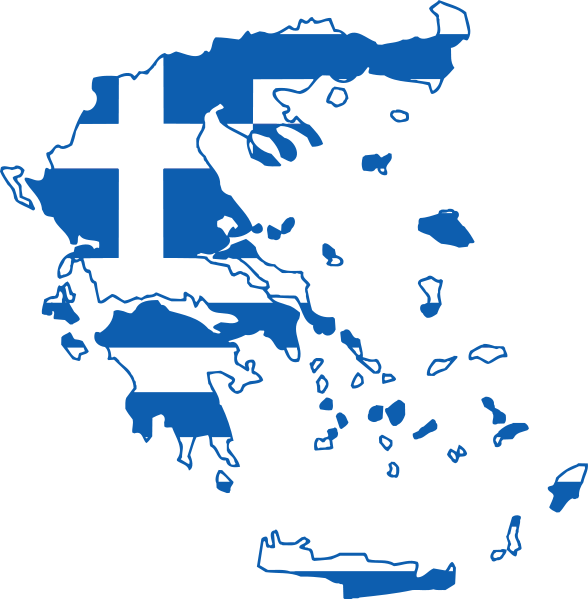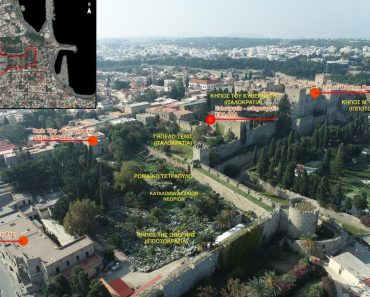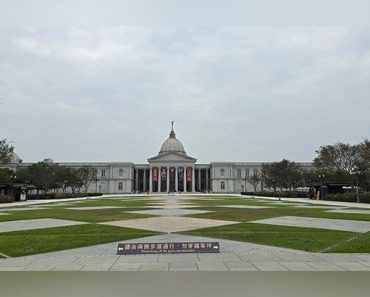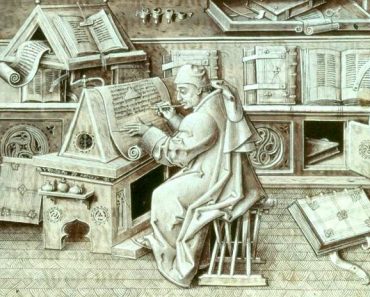
A team of researchers at Zayed National Museum has made an important discovery in the Blue Qur’an, a famous manuscript known for its Islamic calligraphy. Hidden beneath a layer of gold decoration on one of its pages, they found text that had been covered for centuries. By using special imaging technology, they revealed verses from Surah al-Nisa’.
The Blue Qur’an is an ancient copy of the Qur’an created between 800 and 900 CE. Its striking design features deep blue pages decorated with gold calligraphy and silver details. The text is written in Kufic script, a style of Arabic writing without dots or vowel markings, making it hard for modern readers to understand.
Originally, the manuscript had 600 pages, each made from sheepskin. Scholars have debated its origin, suggesting it could have been made in North Africa, Iraq or Andalusia. Today, only about 100 pages survive, scattered across private collections and museums worldwide. Five of these pages will soon be displayed at the Zayed National Museum, Abu Dhabi.
Faded text revealed the calligrapher’s mistake
Researchers used a special method called multispectral imaging to study the page. This technology helps reveal faded text and images that can no longer be seen by the naked eye. In this case, it appears the decoration was added to fix a mistake made by the calligrapher, possibly repeating text from another page of the holy Qur’an.
Since creating a new indigo-dyed sheepskin sheet would have been too costly, intricate designs were used to hide the error. This discovery sheds light on the decisions made by calligraphers during the manuscript’s creation.
Such details about the writing process of the Blue Qur’an have never been highlighted before and are extremely rare in Islamic manuscripts of this age.
Blue Qur’an page displayed at Zayed National Museum
A page from the Blue Qur’an will be part of the gallery at the Zayed National Museum. This gallery delves into the history of the ancient emirates, showcasing how new technologies, materials and knowledge shaped their world.
It also highlights the influence of Islam and the development of the Arabic language over time. The museum, soon to open, celebrates the cultural heritage of the United Arab Emirates and honors the vision of its founding leader, Sheikh Zayed bin Sultan Al Nahyan.
Mai Al Mansouri, Associate Curator at Zayed National Museum, highlighted the significance of recent findings on the Blue Qur’an.
She emphasized the museum’s role in enriching cultural and academic life in the UAE and beyond. The research program, she added, is central to uncovering the past and understanding the connections between people and cultures.
These discoveries not only deepen knowledge of the UAE’s heritage but also demonstrate its historical importance as a hub for communication and cultural exchange. They highlight how ideas, art and knowledge flowed between civilizations, shaping the shared history of the region.






